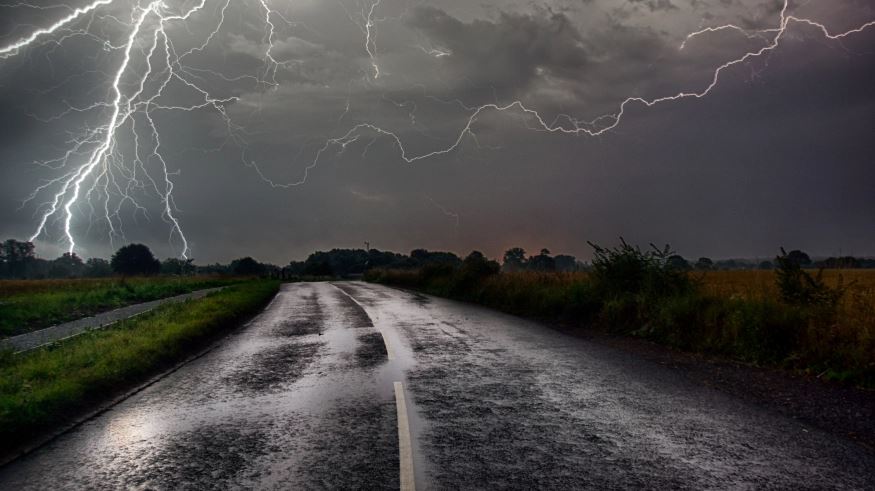Should You Disconnect a Coax During Lightning Storm?
Coax is used as a transmission line for the transmission of radio signals. It is used in the antennas to connect the transmitter and receivers to the antenna. Thus, it plays a vital role in the transmission of the signals. If any other thing comes in the way of coax, it will not work efficiently. The working of coax and antennas also depends on the weather conditions. If the forecast is clear, the signals will be transmitted more quickly and efficiently, but if the weather is bad, the coax will not work perfectly.
DOES LIGHTNING STORM EFFECT COAX?
Lightening affects the working of coax and antenna. When the forecast is not clear, then the signals will not get transmitted properly. So, the lightning storm can be damaging and threatening to coax, and the antenna and the signals will find transmission difficult. So, to avoid this, it is recommended to disconnect the coax during a lightning storm. If you do not disconnect the coax, then the lightning will affect it, and the coax will get damaged immediately. There are many ways to disconnect the coax from the antenna to protect it from lightning.
DISCONNECTING
Whenever there is a lightning storm in the town, you will have to protect your equipment from the lightning. There are many ways that you can protect your radio, coax and antenna during a lightning storm. The coax is connected in a shack at the antenna switch, and at the other end of the coax, the connector is connected. It will help if you disconnect the coax before the lightning storm. When you feel a lightning storm in your town, you must immediately disconnect the coax. When you disconnect the coax from the antenna, the signals will be lost, not reaching the antenna or your radio.
But without disconnect the coax, you can also keep it safe from the strike of a lightning storm. Most of the radio stations do not disconnect the coax during lightning. But it can only happen if the coax can survive the strike and rise and fall in the potential. It is possible with the help of ground conduction. You will have to bond everything to the ground conductor. There should be no paint between the green wires and your equipment.
Bond each and everything according to the NEC. You should not shorten the coax canter pin and the shield, and they both should remain as they are. You should only use flashing instead of the braid for bonding. You should make sure that the conduct is bonded to the ground end to end, and it should not be open from any side; otherwise, lightning will affect it. In short, if you feel that a lightning storm is coming and it can affect your transmission, then you should make arrangements before it arrives; otherwise, it will affect your coax and antenna. You can disconnect the coax easily before the lightning storm to protect it. On the other hand, If you don’t want to disconnect the coax, you can also choose the second method of ground conduction that the radio stations mostly use during a lightning storm.

